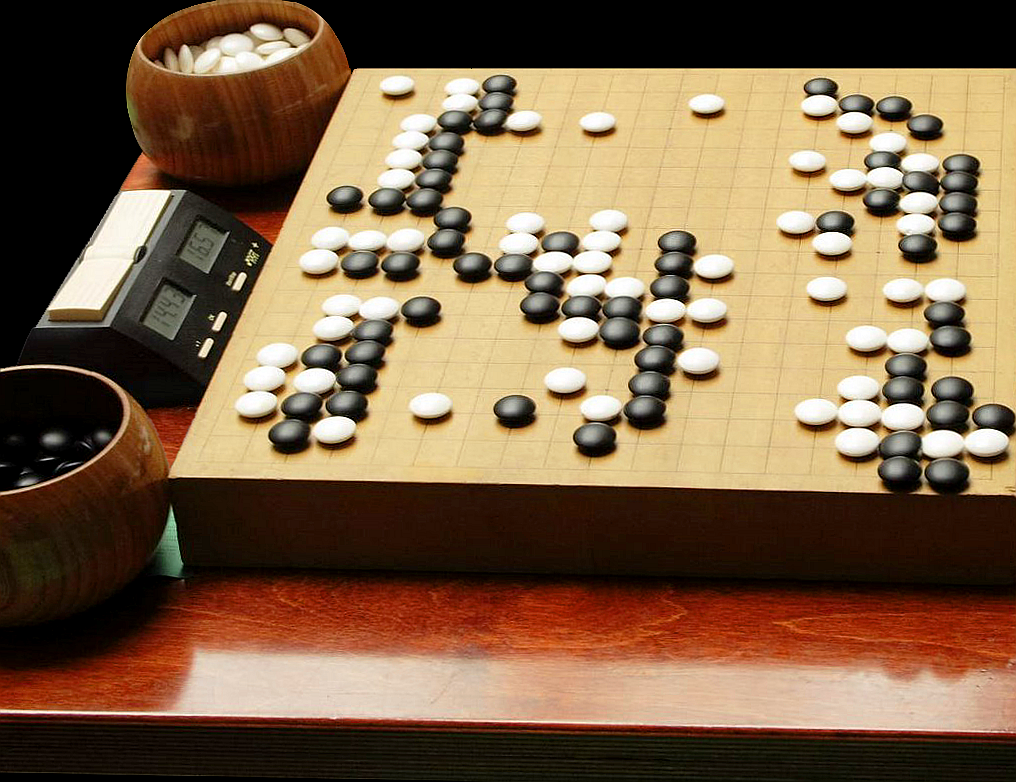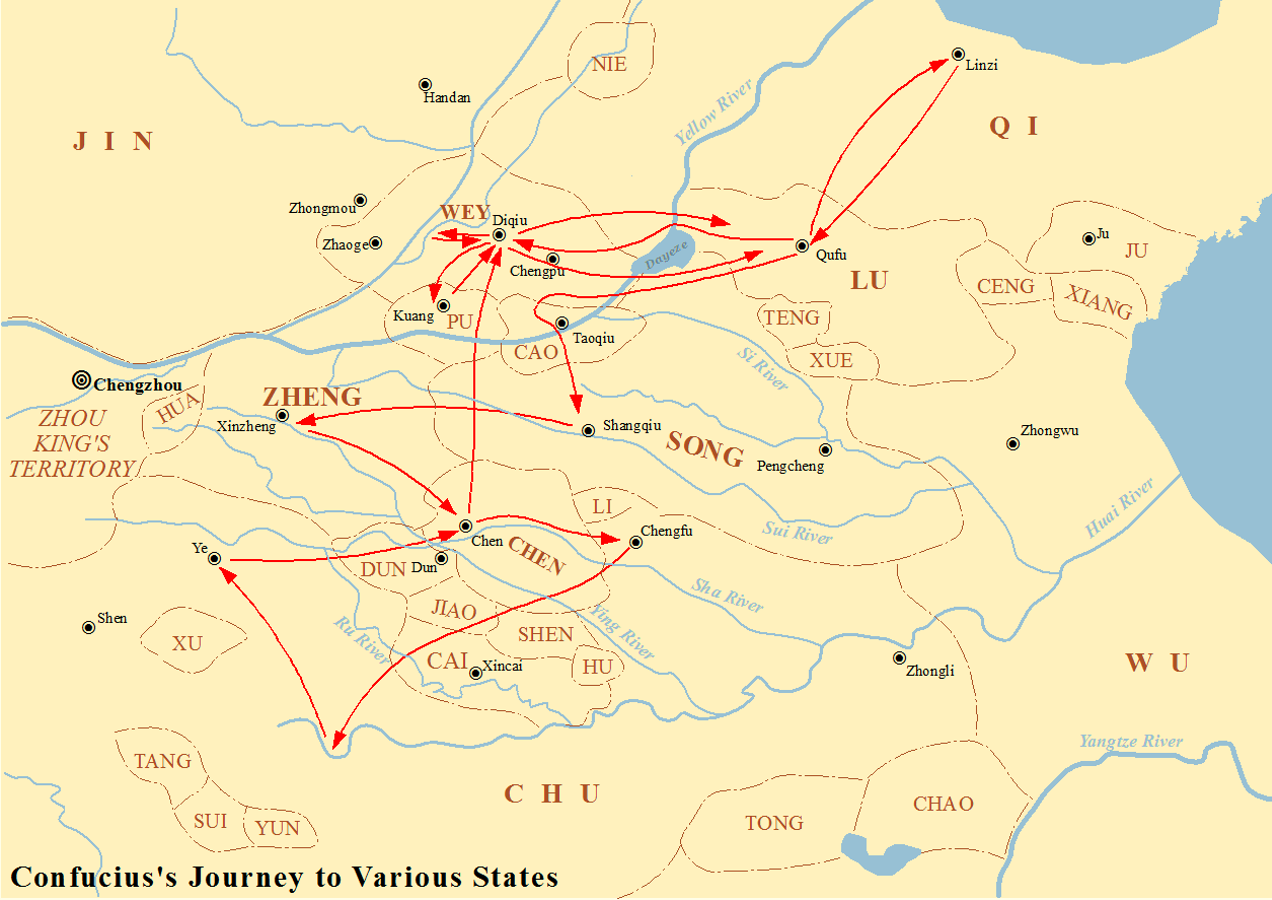|
Kinomichi
is a martial art in the tradition of budō, developed from the Japanese art aikido by Masamichi Noro and founded in Paris, France, in 1979. Masamichi Noro was one of the live-in students (''uchideshi'') of Morihei Ueshiba, the founder of aikido. Designated "Delegate for Europe and Africa" by Morihei Ueshiba, Noro debarked in Marseille on September 3, 1961, preceding Nakazono and Tamura in the communal construction of a European and African aikido. In France, Kinomichi is affiliated with the Fédération Française d’Aïkido, Aïkibudo, Kinomichi et disciplines Associées (FFAAA) and maintains warm relations with the Aikikai Foundation and its leader, Moriteru Ueshiba, the grandson of aikido’s founder. Origins In the same way that Morihei Ueshiba created aikido from the Daito-ryu aiki-jujutsu of Sokaku Takeda, Masamichi Noro extended his research to the creation of Kinomichi, founded on the technique, principles and philosophy of aikido. This natural process in the worl ... [...More Info...] [...Related Items...] OR: [Wikipedia] [Google] [Baidu] |
Masamichi Noro
was a Japanese aikido teacher and the founder of Kinomichi. Formative Years Masamichi Noro was born January 21, 1935, in Aomori, Japan.His education destined him to be medical doctor, but one encounter re-directed the course of his life toward the martial arts, irrevocably. In 1955, while pursuing university studies, his uncle arranged for him to be presented to the founder of Aikido, Morihei Ueshiba. This event proved to be decisive and that same day he decided to renounce his plans in order to become uchi deshi, an internal student of this master. His training, in the ancient manner, took place night and day at the master’s side. In this way, from 1955 to 1961, Masamichi Noro followed Morehei Ueshiba from Tokyo to Iwama where he had his private dojo. At this time, 5 uchi deshi (including Yasuo Kobayashi and Nobuyoshi Tamura) encircled the founder of Aikido, and from this breeding ground sprung the generation which would form a great part of Aïkido worldwide. The Pr ... [...More Info...] [...Related Items...] OR: [Wikipedia] [Google] [Baidu] |
Bokken
A ''bokken'' (, , 'wood', and ''ken'', '(double-edged) sword') or ''bokutō'' (, , 'wood', and ''tō'', '(single-edged) sword') is a Japanese wooden sword used for training in kenjutsu. It is usually the size and shape of a ''katana'', but is sometimes shaped like other swords, such as the ''wakizashi'' and '' tantō''. Some ornamental ''bokken'' are decorated with mother-of-pearl work and elaborate carvings. Sometimes, it is spelled "boken" in English. ''Bokken'' are traditionally composed of red oak or white oak, although any hardwood can be used. In comparison, practice swords made of flexible, soft wood such as bamboo are referred to as ''shinai''. History It is hard to determine precisely when the first ''bokken'' appeared due to secrecy in ancient martial arts training and loose record-keeping. While various mock weapons were surely used during the earlier periods of Japanese history, usage of ''bokken'' in their modern form first emerged during the Muromachi Period (1 ... [...More Info...] [...Related Items...] OR: [Wikipedia] [Google] [Baidu] |
Dan Rank
The ranking system is used by many Japanese, Okinawan, Korean, and other martial arts organizations to indicate the level of a person's ability within a given system. Used as a ranking system to quantify skill level in a specific domain, it was originally used at a Go school during the Edo period. It is now also used in most modern Japanese fine and martial arts. Martial arts writer Takao Nakaya claims that this dan system was first applied to martial arts in Japan by Kanō Jigorō (1860–1938), the founder of judo, in 1883, and later introduced to other East Asian countries. In modern Japanese martial arts, holders of dan ranks often wear a black belt; those of higher rank may also wear either red-and-white or red belts depending on the style. Dan ranks are also given for strategic board games such as Go, Japanese chess ('' shōgi''), and renju, as well as for other arts such as the tea ceremony (''sadō'' or ''chadō''), flower arrangement (''ikebana''), Japanese call ... [...More Info...] [...Related Items...] OR: [Wikipedia] [Google] [Baidu] |
Confucius
Confucius (; pinyin: ; ; ), born Kong Qiu (), was a Chinese philosopher of the Spring and Autumn period who is traditionally considered the paragon of Chinese sages. Much of the shared cultural heritage of the Sinosphere originates in the philosophy and teachings of Confucius. His philosophical teachings, called Confucianism, emphasized personal and governmental morality, harmonious social relationships, righteousness, kindness, sincerity, and a ruler's responsibilities to lead by virtue. Confucius considered himself a transmitter for the values of Ancient China, earlier periods which he claimed had been abandoned in his time. He advocated for filial piety, endorsing strong family loyalty, Ancestor veneration in China, ancestor veneration, the respect of elders by their children and of husbands by their wives. Confucius recommended a robust family unit as the cornerstone for an ideal government. He championed the Silver Rule, or a negative form of the Golden Rule, advising, "Do ... [...More Info...] [...Related Items...] OR: [Wikipedia] [Google] [Baidu] |
Aristotle
Aristotle (; 384–322 BC) was an Ancient Greek philosophy, Ancient Greek philosopher and polymath. His writings cover a broad range of subjects spanning the natural sciences, philosophy, linguistics, economics, politics, psychology, and the arts. As the founder of the Peripatetic school of philosophy in the Lyceum (classical), Lyceum in Athens, he began the wider Aristotelianism, Aristotelian tradition that followed, which set the groundwork for the development of modern science. Little is known about Aristotle's life. He was born in the city of Stagira (ancient city), Stagira in northern Greece during the Classical Greece, Classical period. His father, Nicomachus (father of Aristotle), Nicomachus, died when Aristotle was a child, and he was brought up by a guardian. At around eighteen years old, he joined Plato's Platonic Academy, Academy in Athens and remained there until the age of thirty seven (). Shortly after Plato died, Aristotle left Athens and, at the request ... [...More Info...] [...Related Items...] OR: [Wikipedia] [Google] [Baidu] |
Age Of Enlightenment
The Age of Enlightenment (also the Age of Reason and the Enlightenment) was a Europe, European Intellect, intellectual and Philosophy, philosophical movement active from the late 17th to early 19th century. Chiefly valuing knowledge gained through rationalism and empiricism, the Enlightenment was concerned with a wide range of social and Politics, political ideals such as natural law, liberty, and progress, toleration and fraternity (philosophy), fraternity, constitutional government, and the formal separation of church and state. The Enlightenment was preceded by and overlapped the Scientific Revolution, which included the work of Johannes Kepler, Galileo Galilei, Francis Bacon, Pierre Gassendi, Christiaan Huygens and Isaac Newton, among others, as well as the philosophy of Descartes, Hobbes, Spinoza, Leibniz, and John Locke. The dating of the period of the beginning of the Enlightenment can be attributed to the publication of René Descartes' ''Discourse on the Method'' in 1 ... [...More Info...] [...Related Items...] OR: [Wikipedia] [Google] [Baidu] |
Respiratory System
The respiratory system (also respiratory apparatus, ventilatory system) is a biological system consisting of specific organs and structures used for gas exchange in animals and plants. The anatomy and physiology that make this happen varies greatly, depending on the size of the organism, the environment in which it lives and its evolutionary history. In terrestrial animal, land animals, the respiratory surface is internalized as linings of the lungs. Gas exchange in the lungs occurs in millions of small air sacs; in mammals and reptiles, these are called pulmonary alveolus, alveoli, and in birds, they are known as Bird anatomy#Respiratory system, atria. These microscopic air sacs have a very rich blood supply, thus bringing the air into close contact with the blood. These air sacs communicate with the external environment via a system of airways, or hollow tubes, of which the largest is the trachea, which branches in the middle of the chest into the two main bronchus, bronchi. The ... [...More Info...] [...Related Items...] OR: [Wikipedia] [Google] [Baidu] |
Cardiovascular System
In vertebrates, the circulatory system is a system of organs that includes the heart, blood vessels, and blood which is circulated throughout the body. It includes the cardiovascular system, or vascular system, that consists of the heart and blood vessels (from Greek meaning ''heart'', and Latin meaning ''vessels''). The circulatory system has two divisions, a systemic circulation or circuit, and a pulmonary circulation or circuit. Some sources use the terms ''cardiovascular system'' and ''vascular system'' interchangeably with ''circulatory system''. The network of blood vessels are the great vessels of the heart including large elastic arteries, and large veins; other arteries, smaller arterioles, capillaries that join with venules (small veins), and other veins. The circulatory system is closed in vertebrates, which means that the blood never leaves the network of blood vessels. Many invertebrates such as arthropods have an open circulatory system with a heart ... [...More Info...] [...Related Items...] OR: [Wikipedia] [Google] [Baidu] |
Muscle
Muscle is a soft tissue, one of the four basic types of animal tissue. There are three types of muscle tissue in vertebrates: skeletal muscle, cardiac muscle, and smooth muscle. Muscle tissue gives skeletal muscles the ability to muscle contraction, contract. Muscle tissue contains special Muscle contraction, contractile proteins called actin and myosin which interact to cause movement. Among many other muscle proteins, present are two regulatory proteins, troponin and tropomyosin. Muscle is formed during embryonic development, in a process known as myogenesis. Skeletal muscle tissue is striated consisting of elongated, multinucleate muscle cells called muscle fibers, and is responsible for movements of the body. Other tissues in skeletal muscle include tendons and perimysium. Smooth and cardiac muscle contract involuntarily, without conscious intervention. These muscle types may be activated both through the interaction of the central nervous system as well as by innervation ... [...More Info...] [...Related Items...] OR: [Wikipedia] [Google] [Baidu] |






